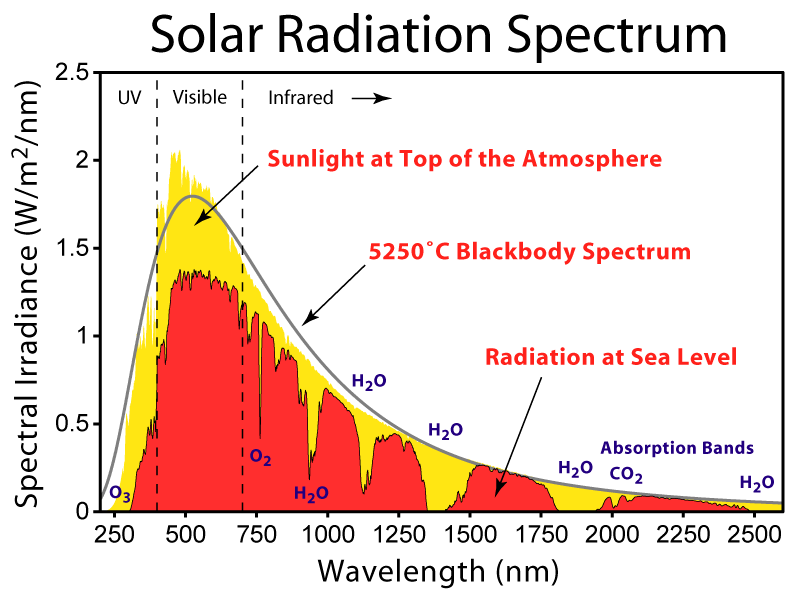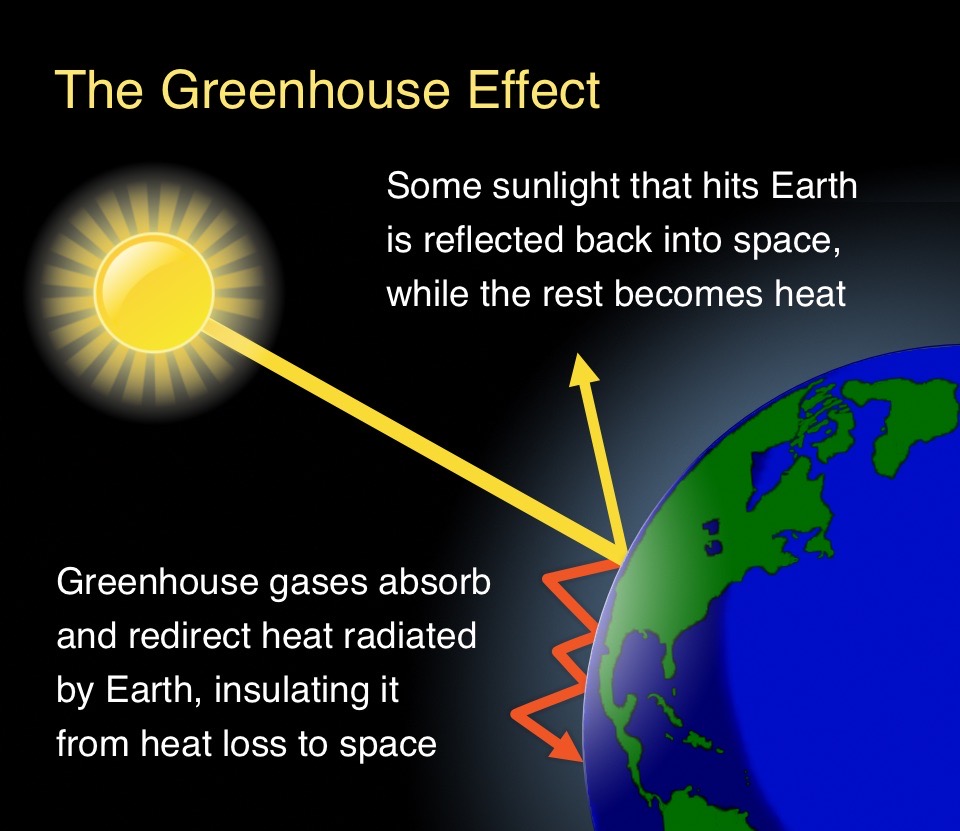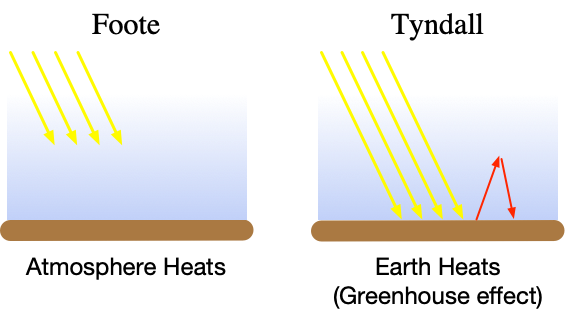The web tingles with the story of how Eunice Foote discovered the greenhouse effect in 1856, three years before John Tyndall published his work on the greenhouse effect in 1859 — yet credit for discovering the greenhouse effect has traditionally gone to Mr. Tyndall. Many of these web articles present the story as a classic example of how the contributions of women have been swept under the rug by male prejudice. Here are a few examples:
Eunice Newton Foote, the Forgotten Pioneer of the Greenhouse Effect
Eunice Newton Foote, the woman who discovered the greenhouse effect
Happy 200th birthday to Eunice Foote, hidden climate science pioneer
Overlooked No More: Eunice Foote, Climate Scientist Lost to History
This Suffrage-Supporting Scientist Defined the Greenhouse Effect But Didn’t Get the Credit, Because Sexism
Subtitle: "Eunice Foote’s career highlights the subtle forms of discrimination that have kept women on the sidelines of science”
Did the ‘father of climate science’ steal his discovery from Eunice Newton Foote?
There are many more article like these. They all decry the fact that Ms. Foote did not get the credit she deserved.
But Ms. Foote did not discover the greenhouse effect. She demonstrated that a glass cylinder containing carbon dioxide exposed to sunlight attained a higher temperature than a glass cylinder containing air. From this she concluded that increasing concentrations of carbon dioxide in the atmosphere would cause increases in average surface temperatures. She was correct — but her reasoning was wrong. Her correct conclusion was entirely accidental.
To understand Ms. Foote’s mistake, one must first understand the underlying science. I’ll start with this diagram:

This shows the composition of sunlight by wavelength. Ms. Foote was aware only of that portion marked as “visible”. She knew nothing about the light marked as “UV” or “Infrared”. Neither did she know that her glass cylinders absorbed infrared light. Those cylinders allowed the visible light to enter, but they did not allow infrared light to pass. This is, in fact, why we call it the “greenhouse effect”. Greenhouses have glass roofs. The visible sunlight enters the greenhouse, warming the interior, which in turn emits infrared light. The glass roof allows the visible sunlight in, but does not allow the infrared light out — causing the temperature of the interior of the greenhouse to rise. Ms. Foote was experimenting with a tiny greenhouse. No wonder it warmed!
So, Ms. Foote successfully demonstrated that CO2 absorbs sunlight. That is only half of the greenhouse effect. Here’s a simple diagram of the greenhouse effect at work:

The key word in this diagram is “redirect”: the carbon dioxide does not merely absorb the heat, it redirects it back to the earth. Ms. Foote’s understanding of CO2 would have the atmosphere increase in temperature in response to sunlight. In fact, the upper atmosphere is COOLING because of the greenhouse effect. The greenhouse effect causes the atmosphere to bounce heat energy back down to the surface of the earth, increasing the temperature of the surface.
Mr. Tyndall measured the absorption of infrared light by various gases including CO2. The crucial difference between his work and Ms. Foote’s is that he also measured the re-emission of infrared light by these gases. Ms. Foote’s work demonstrated half of the greenhouse effect: the absorption of infrared light. Mr. Tyndall’s work demonstrated both the absorption and the emission of infrared light.

Eunice Foote documented one half of the greenhouse effect; John Tyndall documented both halves.
Foote’s paper published in 1856
Understanding Eunice Foote's 1856 experiments: heat absorption by atmospheric gases
